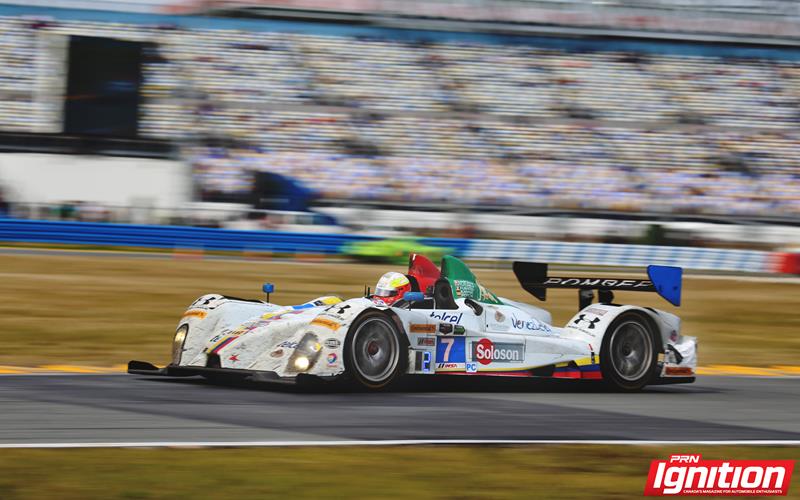
There is just something about auto racing. The sights, sounds and smells when a grid of race cars roar past you, pushing the limits around a race track in pursuit of one goal – to be the first car across the finish line.
Having caught the bug at a young age, I was committed to making the sport a big part of my life.
Fast forward to March 2010; I was on the grid at Sebring International Raceway listening to the national anthem and the cheer of 200,000-plus spectators. A young boy’s dream had come true and, as a 19-year-old aspiring race driver, I was about to debut in sports car racing’s most prestigious championship – the American Le Mans Series (ALMS).
I’ve since been extremely blessed to compete in the ALMS for the past four years, which ultimately concluded with a victory at the ALMS series finale at Road Atlanta in late 2013.
If you were to ask me, the ALMS was the most prestigious, technically advanced sports car racing championship in the world. It featured the most iconic manufacturers, famous drivers and competed at some of the most coveted and historical circuits in the world. It was an absolute honour be a part of the championship, which was founded by Dr. Don Panoz in 1999.
When news of the merger with Grand-Am first slipped out during the Baltimore Grand Prix in 2012, many were saddened and many were concerned. Rightly so, this was a major announcement for sports car racing in North America.
At first, I was one of the many saddened by the news as the ALMS had been the series I grew up idolizing, and my home for the past several years. It wasn’t long before I realized this announcement was good news, and probably the best thing that could happen for the sport in North America.
Nascar is among the most popular sports in the USA. Corporate sponsors are lining up to be a part of the show and the fans loyalty to brands and drivers are among the best in any sport. For this to be the foundation, I think sport car racing in North America has a promising and exciting future.
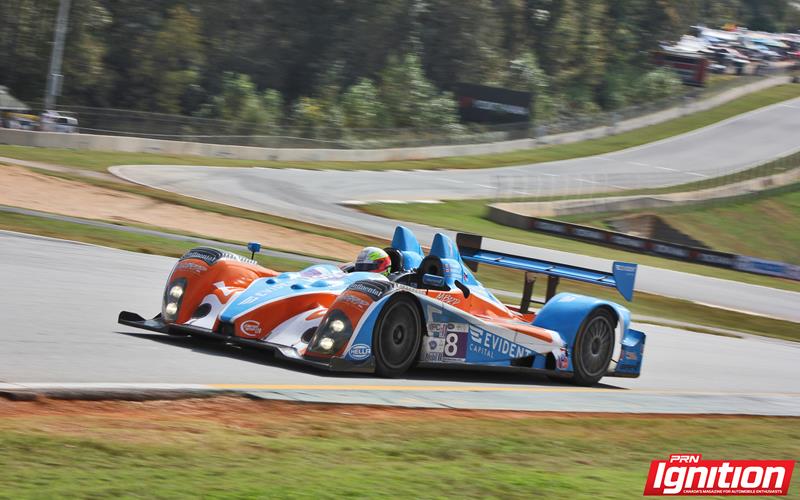 My 2013 campaign in the ALMS was quite strong. I drove for BAR1 Motorsports in the No. 8 MBRP / Evident Capital LMPC prototype alongside fellow countryman Chris Cumming. In 10 races, we had six podiums, including three consecutive victories to end the year.
My 2013 campaign in the ALMS was quite strong. I drove for BAR1 Motorsports in the No. 8 MBRP / Evident Capital LMPC prototype alongside fellow countryman Chris Cumming. In 10 races, we had six podiums, including three consecutive victories to end the year.
Following our victory at the ALMS finale – the Petit Le Mans – we were crowned driver and team champions. Unfortunately, due to a technicality (as the second place car was not a season entrant and thus was awarded no points) our championship was revoked and we were bumped to vice-champions.
Ending 2013 on a high, I was quite confident going into the “off season” that I would secure a good program for the inaugural season of the Tudor United SportsCar Championship. Unfortunately, the two months from November 1 to December 31 proved to be the most difficult of my career.
The reality is that sports car racing in North America went from two major championships and 80-plus cars and was condensed into one championship. This also meant that the number of “hired race seats” available was minimized, yet the number of total drivers remained the same.
The next struggle was due to the driver classification system. This rates each driver between bronze, silver, gold and platinum. (I have a gold classification.) The system was put in place to improve the overall competitiveness of the sport.
Of the four categories that make up the Tudor United SportsCar Championship, two of them are pro/pro driver line-ups and two of them are pro/am. For the Prototype (LMP) category and the GT Le Mans category, teams can select any combination of two drivers, most commonly a gold or platinum. However, in the Prototype Challenge (LMPC) category and the GT Daytona category, a team’s driver combination must include one bronze or silver and one gold or platinum.
Fortunately, thanks to Peter Baron and Jim Jonsin, I was secured with two programs for 2014.
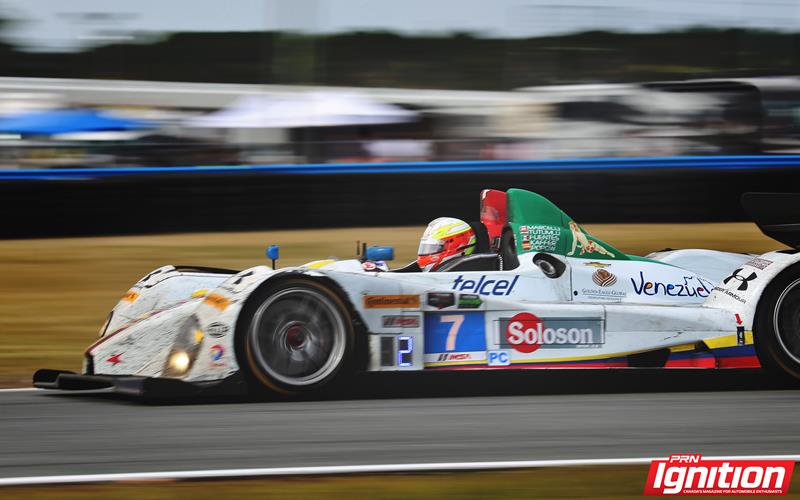
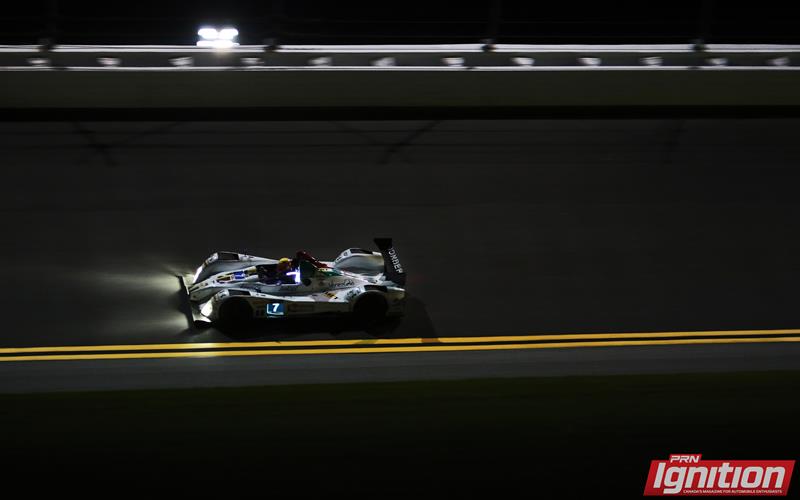
The first is a part-time role in the Tudor United SportsCar Championship in the Prototype Challenge category with Starworks Motorsports, an established organization with proven success at the pinnacle level of the sport including a victory at the 24 Hours of Le Mans in 2012. I have been contracted for the North American Endurance Championship (NAEC), which includes the 24 Hours of Daytona, the 12 Hours of Sebring, 6 Hours of Watkins Glen and 10 Hours Petit Le Mans at Road Atlanta.
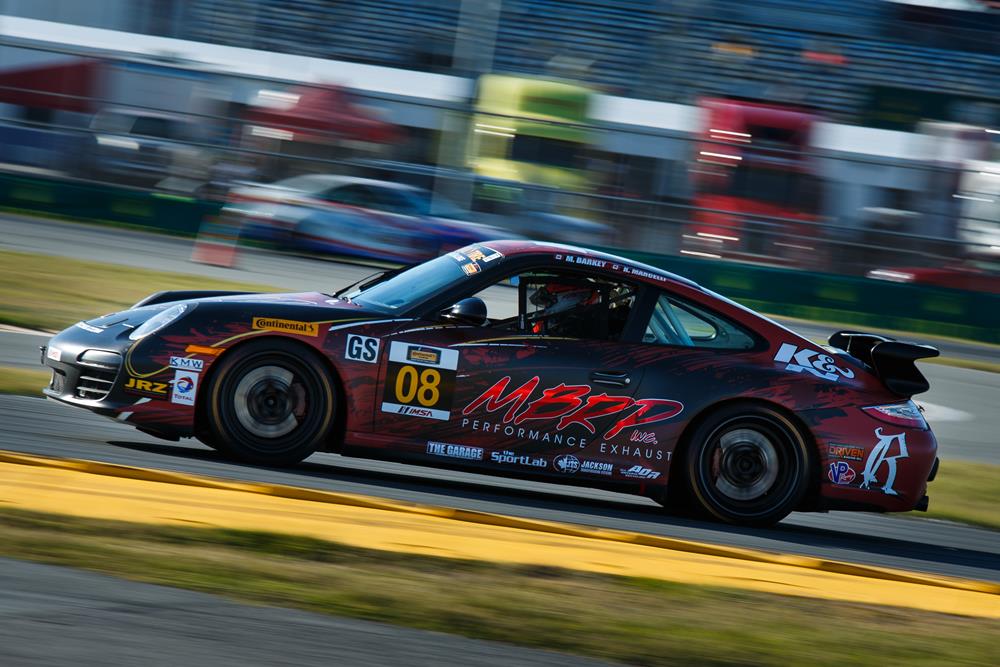 The second program is a full-time role in the Continental Tire SportsCar Challenge (a support series to the Tudor United SportsCar Championship) with Rebel Rock / MBRP Racing, a Florida-based team owned by Grammy award-winning music producer Jim Jonsin and sponsored by leading exhaust manufacturer, MBRP Performance Exhaust Inc. With this program I will pilot a Porsche 911 Carrera GTS alongside another Canadian Martin Barkey for the entire 12-race championship.
The second program is a full-time role in the Continental Tire SportsCar Challenge (a support series to the Tudor United SportsCar Championship) with Rebel Rock / MBRP Racing, a Florida-based team owned by Grammy award-winning music producer Jim Jonsin and sponsored by leading exhaust manufacturer, MBRP Performance Exhaust Inc. With this program I will pilot a Porsche 911 Carrera GTS alongside another Canadian Martin Barkey for the entire 12-race championship.
The year ahead is exciting! With each event and each victory, history will be made! Sure, with the development of a new championship, there will be many bumps in the road (no pun intended), but I’m confident we will see growth in the popularity of endurance sports car racing in North America. While it’s the end of one era, it’s the beginning of a new one. I’m eager to see where the sport is 12 months from now. I’m sure you are too.






















